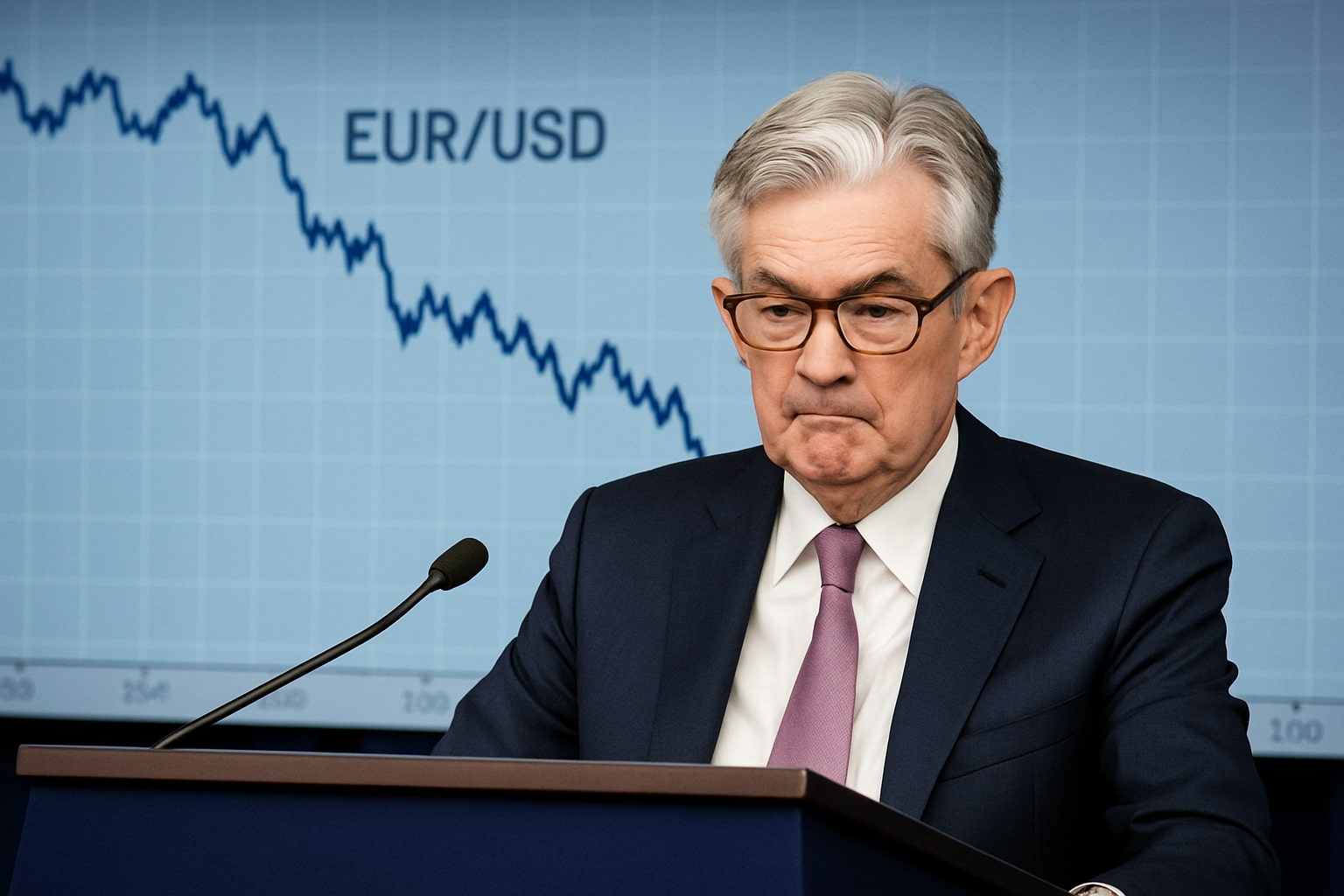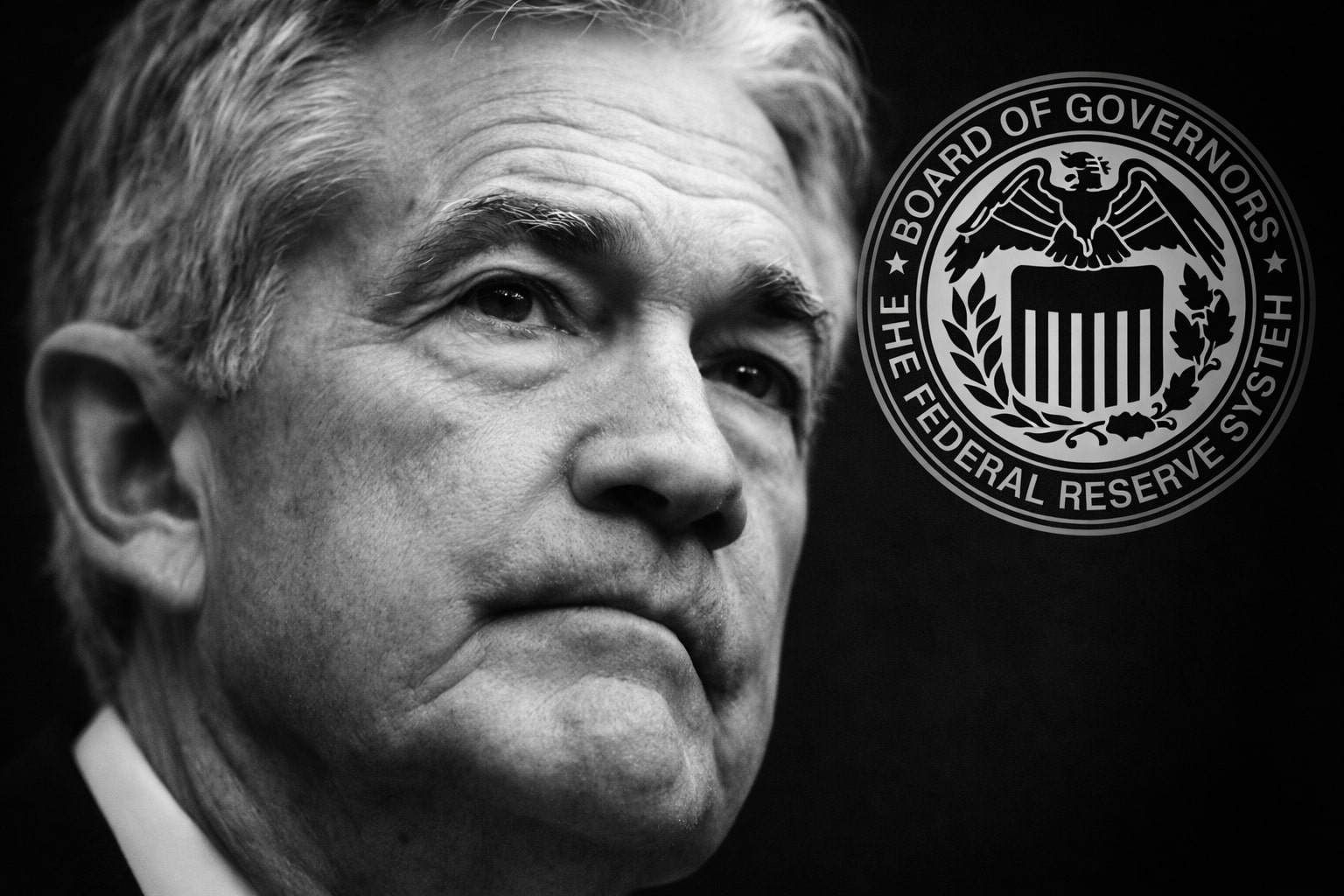EUR/USD Encounters Fresh One-Month Lows Around 1.1455
EUR/USD slipped to 1.1400, its weakest level since early June, before clawing back to 1.1455 by mid-European trading on July 31. The pair’s drop from last week’s 1.1570 peak represents a 1.2% depreciation against the U.S. dollar and underscores the recent shift in momentum from neutral to decisively bearish. Trading volumes have thinned to €35 billion in daily turnover—down 15% from July’s average—as the market digests a barrage of economic data and central bank communications.
U.S. Growth Outpaces Europe, Fuelling Dollar Strength
Second-quarter U.S. GDP surprised with 3.0% annualized growth—well above the 2.5% consensus and reversing Q1’s 0.5% contraction. This resilience prompted investors to recalibrate rate-cut expectations: CME’s FedWatch tool now prices just a 40% chance of a September cut, down from 63% at the start of the week. Conversely, Eurozone GDP eked out a mere 0.1% q/q gain, modestly beating zero growth forecasts but lagging the U.S. by 2.9 percentage points. The divergence has propelled the Dollar Index toward the 100.40–100.55 resistance zone, pressuring EUR/USD lower.
Federal Reserve’s ‘Higher for Longer’ Signal Keeps EUR/USD Under Pressure
Fed Chair Jerome Powell’s press conference reaffirmed a steady policy stance at 4.25–4.50%, with two governors dissenting for cuts—the first such split since 1993. Powell emphasized that “uncertainty around tariff impacts” warrants caution, muting rate-cut speculation and bolstering real yields that weigh on non-yielding FX pairs. U.S. 10-year Treasury yields have rebounded to 4.12%, a 0.08% uptick this week, undermining euro-denominated government bonds and tipping the scales in favor of the dollar.
German Inflation and Labour Data Reveal Mixed Eurozone Fundamentals
Germany’s July CPI held at 2.0% y/y—surpassing the 1.9% forecast—while employment rose by 12,000, double projections of 6,000. These figures should have lent support to EUR/USD; instead, they were overshadowed by the broader narrative of European stagnation. ECB rate-cut bets have been pushed out, with market odds for a December move falling to 30% and stretching the earliest probable cut to March 2026 at 90% implied probability. The lack of immediate easing from either major central bank leaves EUR/USD vulnerable to further downside.
Technical Indicators Confirm Bearish Trajectory
On the daily chart, EUR/USD has decisively breached the 50-day EMA at 1.1500, which had capped rallies since mid-July. The 14-day RSI hovers near 35, well below the 50 midline and indicating room for continuation before hitting oversold territory around 30. MACD lines have crossed into negative territory, reinforcing downward momentum. Key support at 1.1370—last seen on July 20—now lies directly beneath the current 1.1455, with deeper levels at 1.1330 and 1.1200 in view should selling intensify.
Speculative Positioning and CFTC Data Highlight Overcrowded Longs
CFTC reports reveal that non-commercial traders held a net long position of 240,000 contracts as of last Tuesday—near a one-year peak. Such crowded long exposure sets the stage for a swift unwinding if the dollar’s rally persists. Meanwhile, onshore FX reserve managers have trimmed euro holdings by €5 billion in July, signaling institutional recognition of the euro’s waning appeal.
Trade War Developments and Geopolitical Sentiment
President Trump’s comments that a “very fair deal with China” is imminent buoyed equity markets but undermined EUR/USD, as risk-on flows into U.S. assets strengthened the dollar. Simultaneously, the U.S.–EU “15% tariff” agreement on auto imports pointed to reduced transatlantic tensions, yet markets remain cautious about potential secondary sanctions on Russia, which could reignite safe-haven demand for the dollar.
Bank Strategists and Divergent Forecasts
ING analysts maintain that “the stark growth divergence between the U.S. and Europe underpins further EUR/USD weakness,” eyeing a break below 1.1400. Scotiabank notes the previous breach of the 50-day moving average at 1.1500 as a signal for continued downside toward mid-1.14s. Conversely, UOB cautions that “oversold conditions may limit the euro’s decline,” warning of potential stabilization near 1.1370. BNP Paribas highlights the Fed’s challenging policy path and polarized internal views as risks that could produce bouts of volatility rather than sustained rallies.
Strategic Stance: SELL
Given the confluence of stronger U.S. growth data, the Fed’s hawkish tilt, technical breakdowns, and crowded long positions, a Sell recommendation on EUR/USD is warranted. Targets for the next leg down reside at 1.1370, with a secondary objective near 1.1330. A defensive stop above 1.1520—just above the recent swing low’s breakdown point—balances risk-reward while capturing the prevailing downward momentum.




















